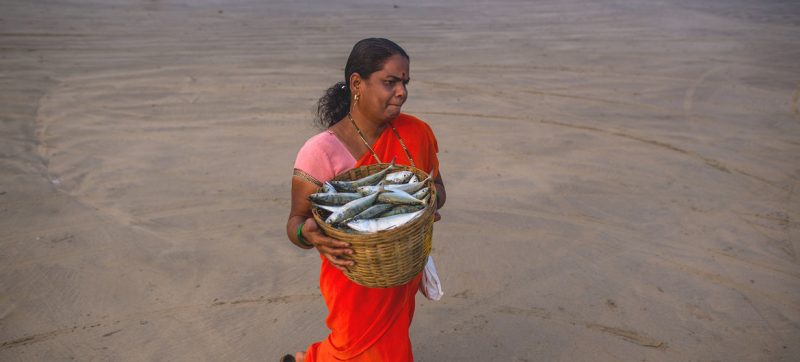A new high for aquaculture: UN
Aquaculture recognized as producing some of the healthiest foods on the planet with less impacts on the natural environment
By SeaWestNews
Global aquaculture production has hit a new high of 82.1 million tonnes leading to improved nutrition, better food security and increased fish consumption for many nations, says a report from the Food and Agriculture Organisation (FAO) of the United Nations.
Worldwide per capita fish consumption has also reached a new record of 20.5 kilograms per year and is poised to increase further in the decade ahead said the latest FAO report on The State of World Fisheries and Aquaculture 2020 (SOFIA 2020), which was launched on World Oceans Day.
“Fish and fisheries products are recognized not only as some of the healthiest foods on the planet but also as some of the less impactful on the natural environment,” said FAO Director-General Qu Dongyu, emphasizing that they must play a more central role in food security and nutrition strategies at all levels.
The report noted that some 34.2 percent of fish stocks are now fished at biologically unsustainable levels, according to SOFIA’s benchmark analysis which concluded that this overall measure is too high, and is not globally improving.
According to an addendum to SOFIA published by FAO, the disruption of international transport has impacted aquaculture production for export.
In parts of the Mediterranean and the Black Sea, more than 90 percent of small-scale fishers have been forced to stop due to an inability to sell their catches, often exacerbated by falling prices.
Aquaculture’s expansion will continue, although at a slower rate, and farmed fish will contribute to a growing share of consumption and trade over the next decade, according to SOFIA.
Fish consumption accounts for one-sixth of the global population’s intake of animal proteins, and more than half in countries such as Bangladesh, Cambodia, the Gambia, Ghana, Indonesia, Sierra Leone, Sri Lanka and several small-island developing States (SIDS).
Highlights from The State of World Fisheries and Aquaculture 2020
-Total global fish production in 2018: 179 million tonnes
-Share of that from marine capture fisheries: 84.4 million tonnes
-From freshwater capture fisheries: 12.0 million tonnes, a record
-From aquaculture: 82.1 million tonnes, a new high
-Amount of production consumed by humans as food: 156 million tonnes
-First-sale value of all fisheries and aquaculture production in 2018: $401 billion
-Share of that from aquaculture: $250 billion
-Number of people employed in the primary sector of fisheries and aquaculture: 59.5 million, of whom 14% are women
-Region with the most fishers and fish farmers: Asia (85% of the total)
-Number of fishing vessels on the planet: 4.56 million
-Largest fleet by region: Asia (3.1 million vessels, or 68% of the global fleet)
-Share of motorized vessels less than 12 meters in length: 82%
-Percent of global fish production that enters international trade: 38%
-Value of fish production exports: $164 billion
-World’s largest fish producer and exporter: China
-Net fish exporting regions: Oceania, Latin America and Caribbean, developing countries in Asia
-Africa is a net importer in volume terms but a net exporter in value terms.
-Most unsustainable fisheries: Mediterranean and Black Sea (62.5% overfished stocks), the Southeast Pacific (54.5%), Southwest Atlantic (53.3%)
-Riversheds supporting the most inland capture fishery production: Mekong, Nile, Ayeyarwady, Yangtze.
(Image courtesy UN)

